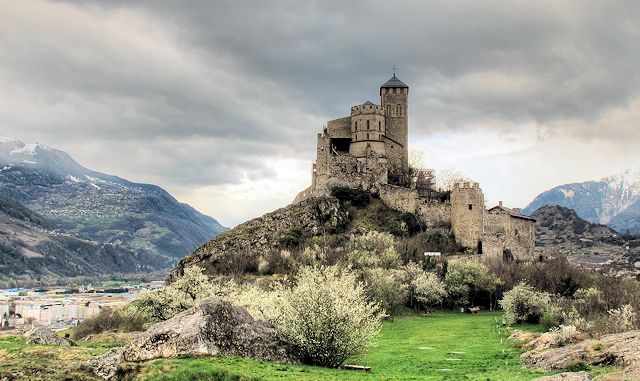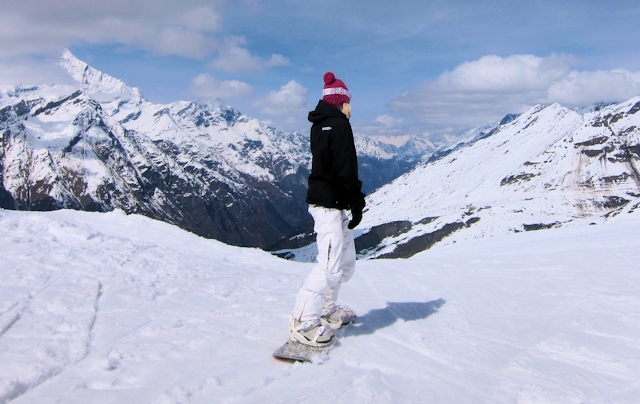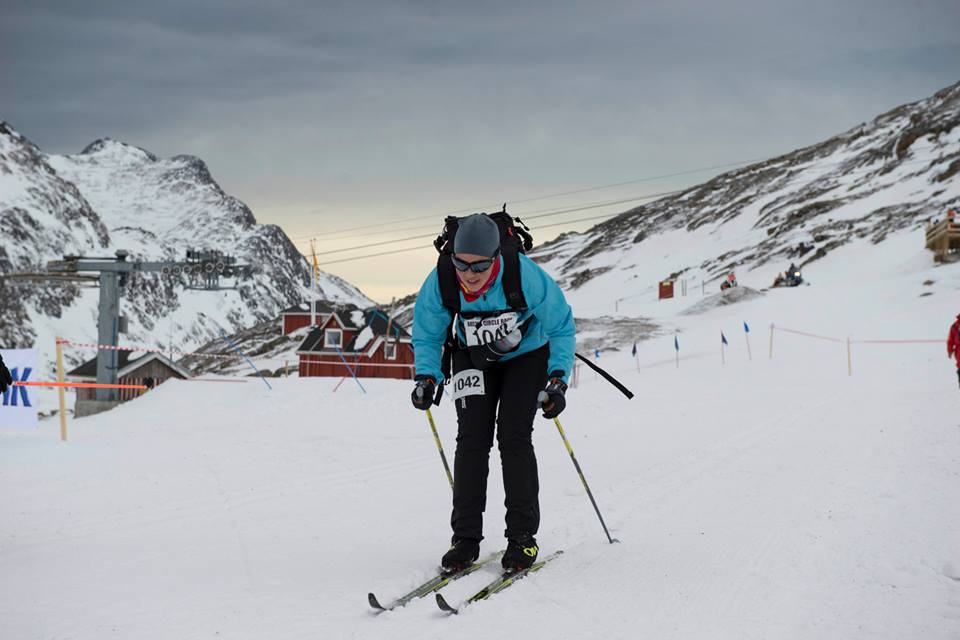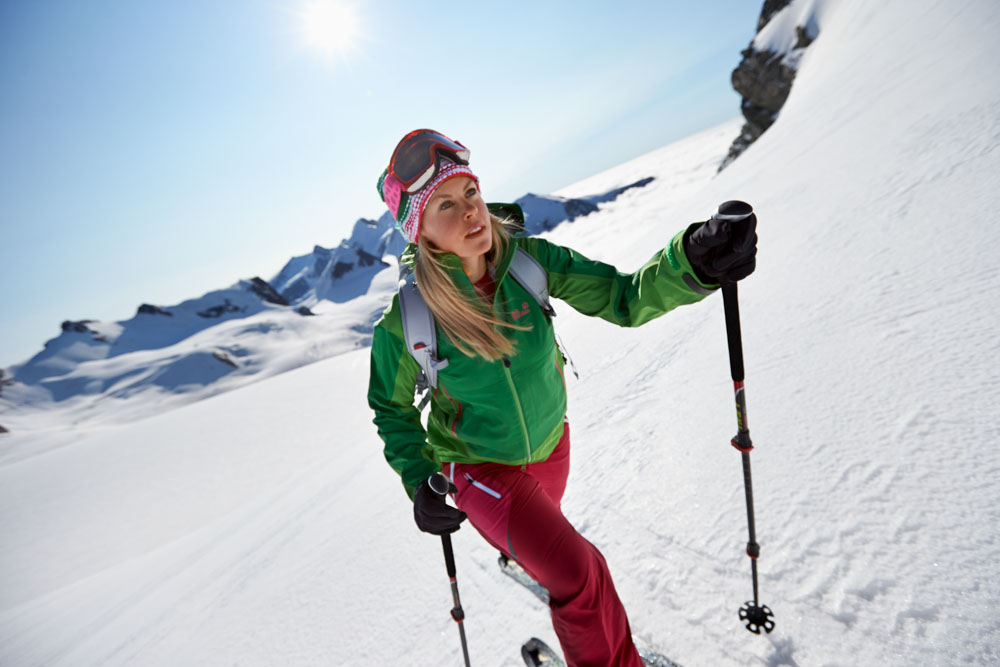
I have always liked Sion, but one of its main attractions in the winter is how convenient it is for hitting the slopes – you can even see pistes from the city centre. The city is on the main line between Geneva and Milan and, reputedly, has the largest bus station in Switzerland in terms of destinations served (23 in total). From the bus station you can get direct services to Anzère, Veysonnaz and Nendaz (both in the Four Vallées), the resorts of Val d’Herens, including Arolla and even the lifts serving Vercorin (in the amazing Val D’Anniviers). By train, with just one change, you can get to Zermatt, Verbier, Crans-Montana and a bunch of other resorts. Incidentally, my tip for getting quickly to the best of the pistes is to go to Haut-Nendaz Télécabine and jump on the free shuttle bus to Siviez, where you are right at the heart of 412km of piste.
One other useful thing about Sion is that it has a youth hostel right next to the station, although unfortunately it does not open until late March. However, with so many high altitude resorts in the area it still works well for late season skiing. I recently stayed there and, as a result, got to refresh a lot of content at the Swiss Winter Sports web site. Even though it was April, I found some amazing lift-served powder in Les Marrécottes and a resort run in reasonable condition at Grächen.
There is surprisingly little variety of accommodation along the Rhône valley, with most of the beds in the ski resorts themselves. Sion does have a few hotels, though, and also a good variety of bars and restaurants in the old town.
Perhaps I will get one ski weekend in before the season finally closes, presumably in Valais. It has been a strange winter season. Much heralded as being the 150th anniversary of winter holidays, there was little snow before the New Year and lower resorts will have definitely suffered from lower visitor numbers.


 The Brits came first. And most recently the Russians have become commonplace in many of the most fashionable resorts like
The Brits came first. And most recently the Russians have become commonplace in many of the most fashionable resorts like  As a
As a 

